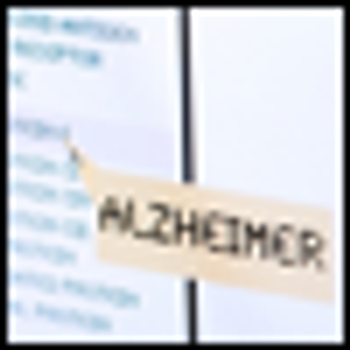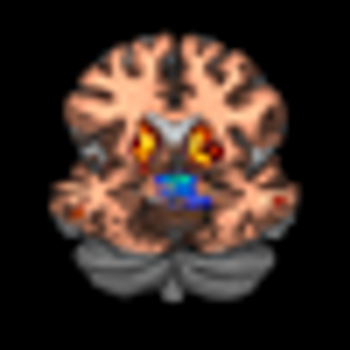SEROQUEL XR is indicated in adults for (1) adjunctive therapy to antidepressants in major depressive disorder; (2) acute depressive episodes in bipolar disorder; (3) acute manic or mixed episodes in bipolar I disorder, as either monotherapy or adjunct therapy to lithium or divalproex; (4) maintenance treatment of bipolar I disorder as an adjunct to lithium or divalproex; and (5) schizophrenia. SEROQUEL is indicated in adults for the treatment of (1) acute depressive episodes in bipolar disorder; (2) acute manic episodes in bipolar I disorder, as either monotherapy or adjunct therapy to lithium or divalproex; (3) maintenance treatment of bipolar I disorder as an adjunct to lithium or divalproex, and (4) schizophrenia. Patients should be periodically reassessed to determine the need for continued treatment and the appropriate dose.

















